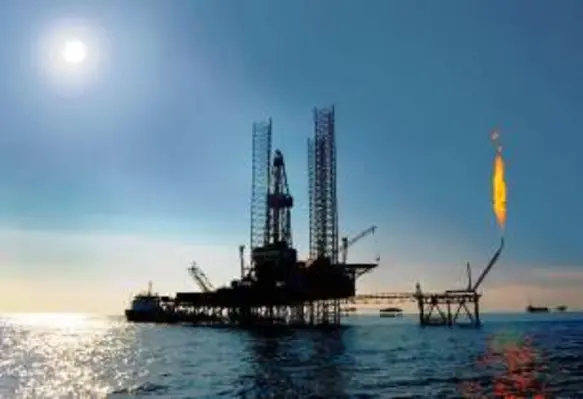Natural gas saw a moderate demand growth in 2015, thus confirming provisional estimates taken last May in CEDIGAZ’ Natural Gas in the World 2016 report that was released recently
Global gas demand grew by 1.6 per cent, still below the ten-year growth rate of +2.2 per cent, despite low gas prices. The global marketed natural gas production growth was again led by the United States (shale gas).
Like in 2014, the natural gas expansion was constrained by some demand side factors which have offset the impact of low gas prices: intense competition with cheaper coal (and oil in China) in both industrialised and emerging markets, the development of nuclear and renewables, as well as increased energy efficiency, weak power generation growth and the sluggish economic context. Also, the report stated that in 2015, it declined one point to 72 per cent as the production of oil increased faster than gas.
World gross natural gas production increased at a lower rate of 1.3 per cent to 4,359bn cu/m in 2015, but quantities of reinjected gas decreased substantially, down 3.6 per cent to 441bn cu/m. Global flaring was estimated up 2.1 per cent to 134bn cu/m. Moreover, production losses related to both processing (extraction of liquids, treatment) and field operations surged 5.7 per cent to 292bn cu/m.
According to CEDIGAZ revised statistics, world actual gas consumption, which takes stock changes into account, increased by 1.5 per cent to 3,471bn cu/m in 2015, marking a recovery after a relative stagnation (+ 0.3 per cent) recorded in 2014. However, this apparent recovery was mostly the result of a weather driven rebound in the EU (+ 4.5 per cent). In Asia-Oceania, natural gas consumption was rather stable, representing an historic rupture after three decades of buoyant expansion.
In a context of rising demand in Europe, by far the leading import zone, international gas trade (including LNG re-exports) increased strongly by 3.1 per cent to 1,043bn cu/m, fuelled by both pipeline trade (+ 3.4 per cent) and LNG flows (+ 2.4 per cent).
After several years of little or no increase, total net LNG imports regained momentum in 2015, up 2.8 per cent to 323bn cu/m. Lower demand in Asia was compensated by recent emerging markets, while Europe became a market of last resort in a context of healthy supply. Due to the LNG glut in Asia, the spread between NBP and Northeast Asian spot prices narrowed considerably as compared with 2014, limiting LNG arbitrage possibilities between Asia and Europe.





